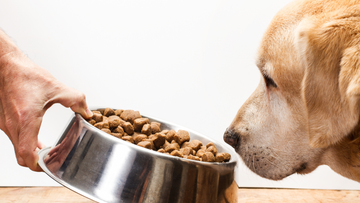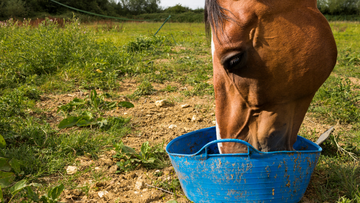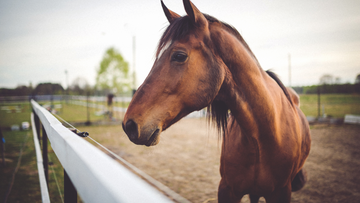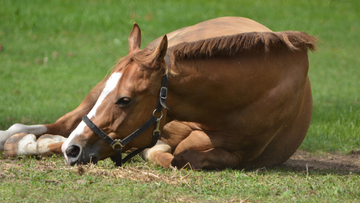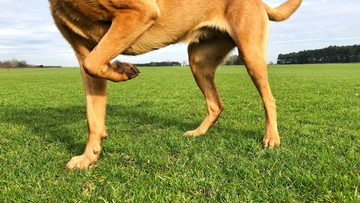What is Quittor?
Quittor is a condition that affects the tissues surrounding the hoof. Horses with quittor develop inflammation and even necrosis in these tissues. Quittor usually starts with an infection in a horse’s foot, causing a draining tract and severe inflammation around the hoof. Over time, the inflammation can become so severe that the tissue becomes necrotic.
The tissues around the hoof, such as the epidermis, dermis, and laminae, are most at risk for this condition. Horses with past hoof injuries, infections, or those in dirty environments are more likely to develop quittor.
What Causes Quittor?

Infection is the most common cause of quittor. However, any trauma that causes inflammation to the hoof can also lead to quittor. For example, injuries and foreign bodies lodged in the hoof can cause inflammation.
Additionally, laminitis can affect the blood flow around the hoof and cause inflammation. Anatomy is not the only cause of quittor. Unsanitary or damp environments can also cause infections to develop.
How Do I Know if my Horse has Quittor?
Unlike many other hoof conditions, quittor is quite recognizable. Initially, you may notice swelling around the coronet band or hoof. Additionally, your horse may become lame due to the swelling. If the inflammation worsens, your horse can develop an open wound near the area. This is the body’s attempt to rid itself of the infection and drain.
The wound often has a strong-smelling, dark-colored discharge. If your horse shows signs of pain, especially when exercising, this could also indicate quittor. Early detection and treatment can make a significant difference in your horse’s recovery. If you notice swelling or lameness, contact your vet.
When Do I Call My Vet?
If you see any of these symptoms, it is best to call your veterinarian. Hoof health is crucial for the well-being of your horse. Your vet will perform a physical exam and may take a swab of any visible pus for identification.
How Do I Treat Quittor?
Quittor is much easier to treat when caught early. In the early stages, clean the hoof and surrounding tissue thoroughly. Disinfect the entire area, including any open wounds. A bandage will protect the wound as it heals and help prevent further infection. Additionally, you can give your horse NSAIDs to manage pain and reduce inflammation.
In the later stages, your veterinarian may need to use a different treatment plan, which may include antibiotics to eliminate the infection. Your veterinarian may also drain the wound to remove pus or debris.
In severe cases, surgery may be necessary. This could involve debridement to remove necrotic tissue and possibly reconstructive surgery.
Long-Term Management
The prognosis for a horse with quittor depends on the severity of the disease. Most minor cases heal without issue. However, the horse is always prone to developing it again. In severe cases, the hoof and bone can get damaged, and reconstructive surgery may be needed. Severe quittor can leave your horse lame and in pain.






